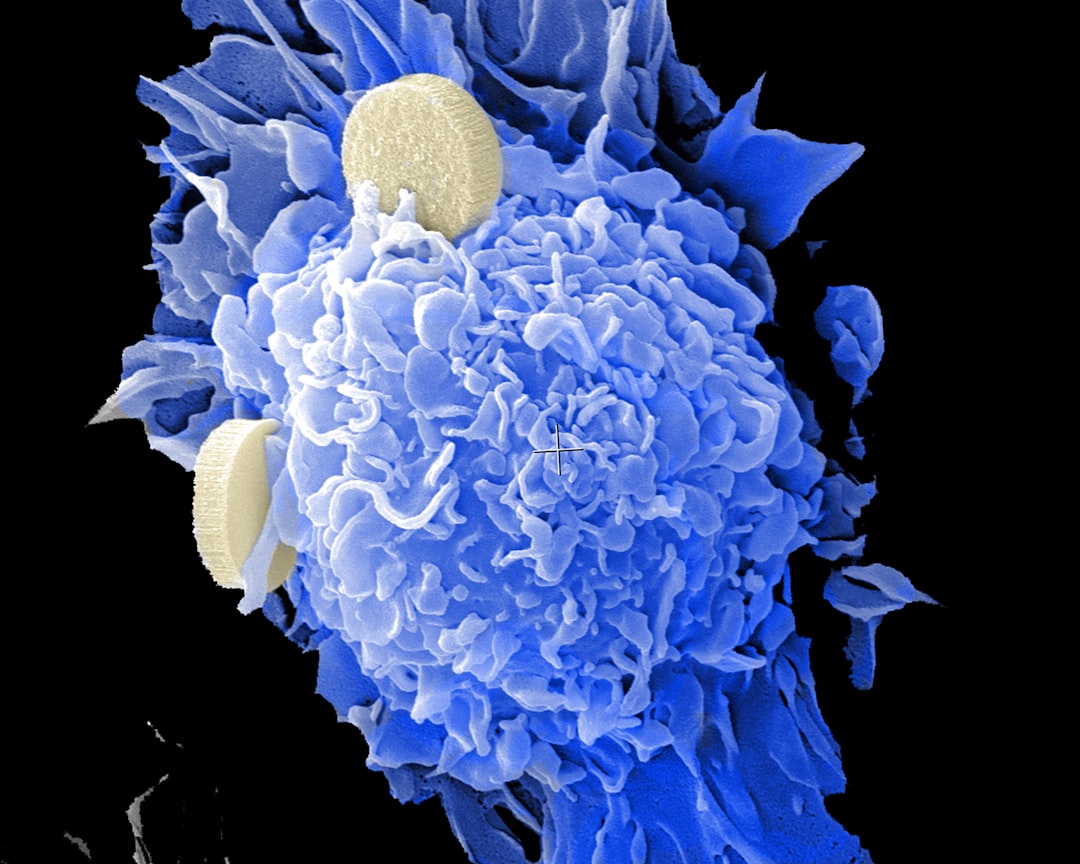What is it about?
”Extreme edge“ devices such as smart sensors are a uniquely challenging environment for the deployment of machine learning. The tiny energy budgets of these devices lie beyond what is feasible for conventional deep neural networks, particularly in high-throughput scenarios, requiring us to rethink how we approach edge inference. In this work, we propose ULEEN, a model and FPGA-based accelerator architecture based on weightless neural networks (WNNs).
Featured Image

Photo by Gustavo Quepón on Unsplash
Why is it important?
WNNs eliminate energy-intensive arithmetic operations, instead using table lookups to perform computation, which makes them theoretically well-suited for edge inference. However, WNNs have historically suffered from poor accuracy and excessive memory usage. ULEEN incorporates algorithmic improvements and a novel training strategy inspired by binary neural networks (BNNs) to make significant strides in addressing these issues. We compare ULEEN against BNNs in software and hardware using the four MLPerf Tiny datasets and MNIST.
Perspectives
Our FPGA implementations of ULEEN accomplish classification at 4.0-14.3 million inferences per second, improving area-normalized throughput by an average of 3.6× and steady-state energy efficiency by an average of 7.1× compared to the FPGA-based Xilinx FINN BNN inference platform. While ULEEN is not a universally applicable machine learning model, we demonstrate that it can be an excellent choice for certain applications in energy- and latency-critical edge environments.
Felipe França
Instituto de Telecomunicações
Read the Original
This page is a summary of: ULEEN: A Novel Architecture for Ultra Low-Energy Edge Neural Networks, ACM Transactions on Architecture and Code Optimization, October 2023, ACM (Association for Computing Machinery),
DOI: 10.1145/3629522.
You can read the full text:
Contributors
The following have contributed to this page










